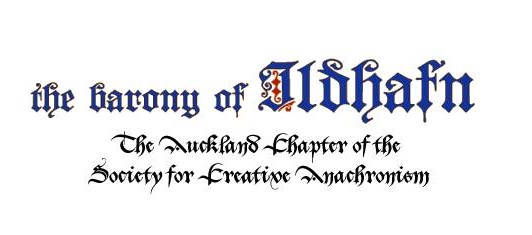Date:
Early 15th century (c. 1400–1450)
Description:
“Eya Martyr Stephane” is a macaronic English-Latin carol honouring Saint Stephen, the first Christian martyr. It was likely sung on St. Stephen’s Day (December 26), within the context of the medieval Christmas season. The carol is notable for its alternation between English and Latin, a common feature in 15th-century English liturgical and devotional music. It presents Saint Stephen’s martyrdom as a joyful triumph and emphasises intercessory prayer.
Discussion:
This carol belongs to the genre of processional or liturgical carols, blending the celebratory nature of vernacular song with the solemnity of Latin liturgical language. The refrain, “Eya, martyr Stephane, pray for us we pray to thee,” appears between verses that describe Stephen’s martyrdom and spiritual reward. The Latin inserts—such as “qui triumphavit hodie” and “innixum patris dextere”—are biblically inspired and tie the carol to Christian doctrinal themes.
The piece reflects typical medieval modal melody, with a tuneful and rhythmic style that would have suited communal or semi-liturgical singing. It may have been used in churches or even in festive settings by parish or collegiate choirs.
Composer:
Anonymous
Arranged by:
Modern editions by early music scholars and ensembles; various choral arrangements exist for modern performance (e.g., SATB with or without accompaniment)
Sheet Music:
Available in early English carol collections, such as The Oxford Book of Carols, and through choral resources like CPDL or academic anthologies of medieval English music.
The arrangement we use is available here as a pdf, mus or musescore file
Parts:
- Originally likely monophonic or for 2–3 voices
- Modern arrangements are available for:
- Unison or 2-part voices
- SATB choir
- Voice with instrumental accompaniment (e.g., harp, recorder, viol)
Type:
Sacred Carol / Medieval English-Latin Macaronic Song
Language:
Middle English and Latin
Ranges (typical SATB arrangement):
- Soprano: C4 – G5
- Alto: G3 – D5
- Tenor: C3 – G4
- Bass: F2 – D4
Advice for beginners:
This is a great introductory piece for singers interested in early music. The melody is memorable and rhythmically clear, and the Latin phrases are short and manageable. Focus on clean consonants and pronunciation for clarity, especially during the Latin lines. For ensembles, balance and clear enunciation will help bring out the charm of this piece. The refrain is catchy and makes a great audience or congregation participation point in informal settings.
Sound Files:
Here are some sound files for reference. alto, tenor
